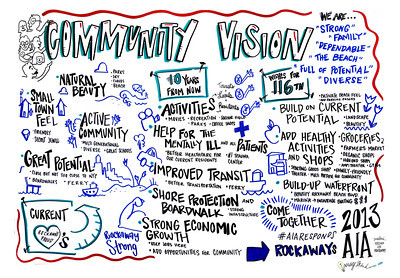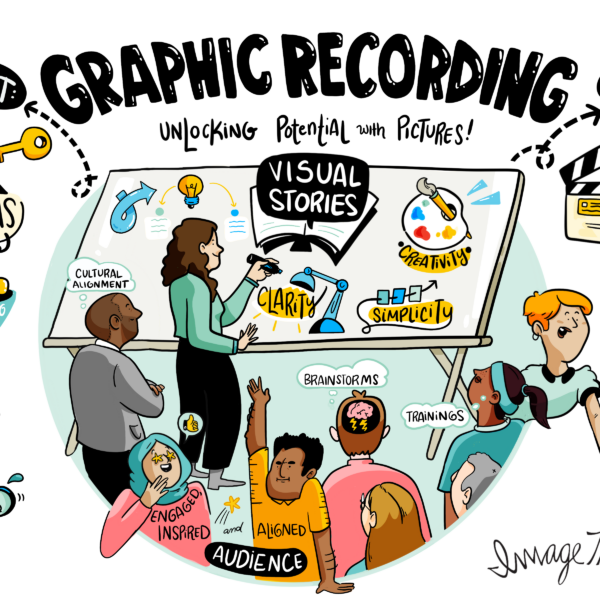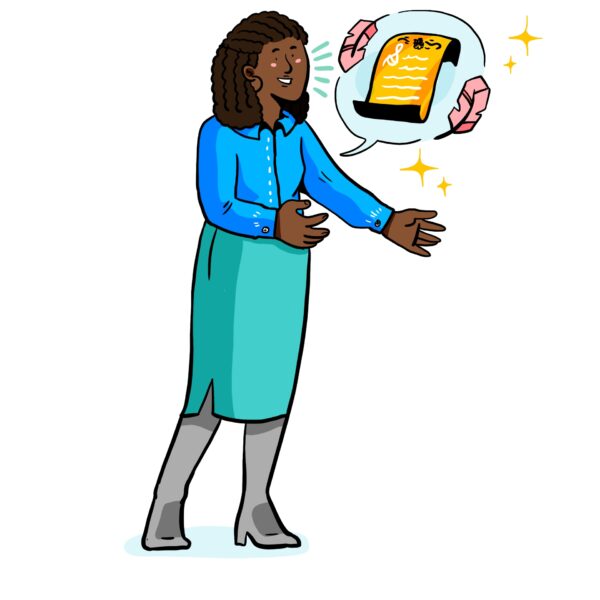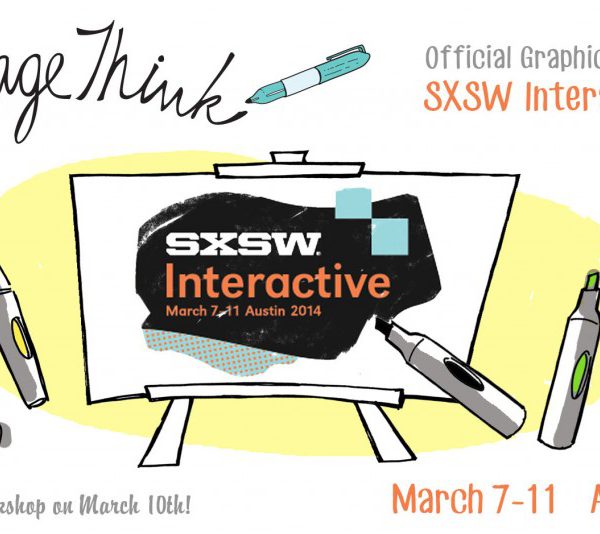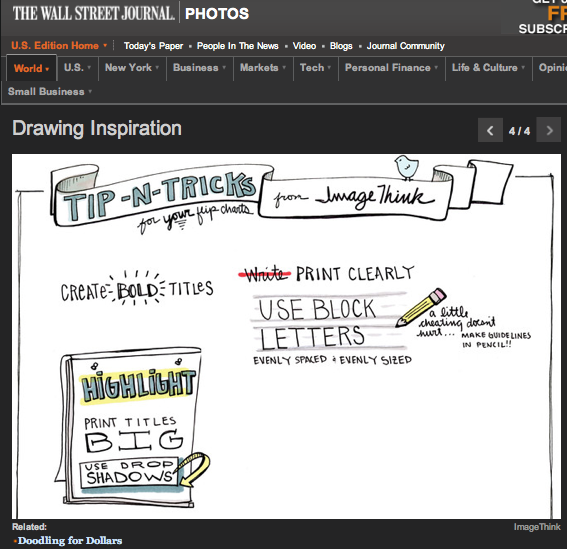Storyboards have become common in corporate conference rooms today in many forms, but where did storyboarding as business tool come from?
It turns out that storyboarding as we know it originated in the animation studio of Walt Disney in the late 1920’s. Soon the practice began to spread to other film and animation studios. The practice grew and writer and art curator, Annette Micheloson, considers the 1940s to present the period in which “production design has been largely characterized by adoption of the storyboard.”
Today, businesses utilize storyboarding to facilitate group brainstorming and communication. By having a large, physical canvas on which information can be organized visually, a group will come up with more ideas, and often more creative ones. Storyboards’ illustrative quality provides a clear step-by-step description of the thinking behind a process from beginning to end.
In the 1970’s with the birth of graphic recording, meeting organizers were able to see storyboards created in real time.
At ImageThink, we utilize our services in graphic recording also as a way to to help quickly establish consensus around which ideas are important and which order they can best be presented in for maximum impact. The graphic recording process we employ is also a great tool for the boardroom. Below is an example of a graphic recording of a conversation between the Rockaways community residents and a team from the American Institute of Architects. ImageThink captured the community’s ideas and desires so the AIA team could later implement these wishes and address these thoughts. ImageThink’s board was also used in a final presentation to encapsulate the group’s thinking and process.

